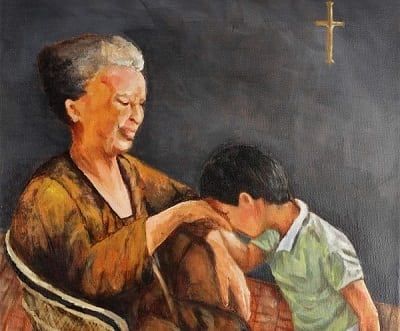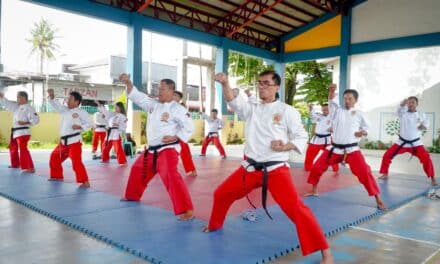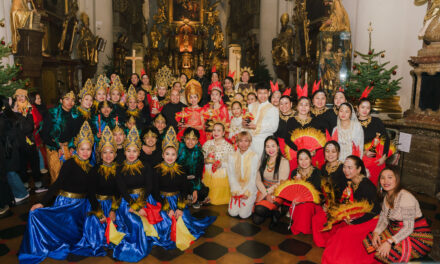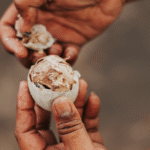Prague, CZ – Many cultures around the world have unique gestures to show respect to elders or people with higher status. In South Korea, for instance, people show respect through deep bows. The deeper and longer the bow, the more respect it’s meant to show.
In India, the “namaste” gesture—pressing the palms together with a slight bow—is a well-known way to show respect and offer a greeting. You’ve probably heard of that! But did you know that Filipinos also have a unique way of showing respect, especially to elders? It’s called “pagmamanano”.
Origin of “Mano Po”
First, let’s know the meaning of this phrase.
Mano – a Spanish word meaning “hand”
po – is a Filipino honorific used to address someone older or in authority
Mano po is performed by taking the hand of an elder and gently touching it to one’s forehead.
But, just because the word mano has a Spanish origin doesn’t mean it started during the colonization period. In fact, this gesture already exists in neighboring Southeast Asian countries such as Indonesia (“salim”) and Malaysia (“salam”).
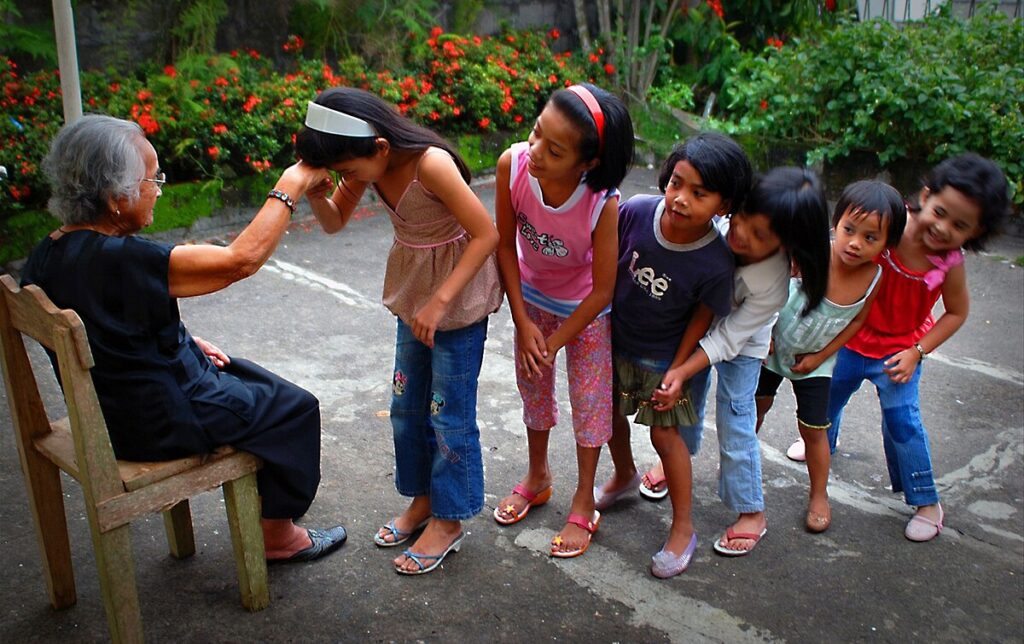
TOP READS FOR YOU
- How to Protect Your Skin During the Cold Months: 5 Tips for Filipinos Living in the Czech Republic
- Going Home for the Holidays? We Gotchu, Your OFW Christmas Travel Checklist is Here!
- Not-So-Exotic, Totally Yummy 6 Filipino Dishes to Try
- The Philippines’ Tabo Culture
- AirAsia Expands Routes: Direct Flights from Manila to Istanbul via Kuala Lumpur Begin November 14
Colonization Influence and Catholicism
When Spanish colonizers arrived in the Philippines, they brought Catholicism with them. It spread quickly—like wildfire—and to this day, the majority of Filipinos remain devout Catholics. Along with the religion came the practice of hand-kissing as a sign of respect, especially toward religious and noble figures.
Over time, this European custom blended with indigenous traditions, eventually shaping the mano po gesture. It became especially common in Catholic settings, often used to greet priests or ask for blessings after Mass.1
Cultural Significance
The pagmamano gesture is a beautiful and deeply cherished tradition that lies at the heart of our culture. More than a simple act, it is a quiet expression of respect, gratitude, and love, especially toward our elders.
Traditionally offered to grandparents, parents, godparents, aunts, uncles, and other respected elders both within and beyond the family, it is a way of honoring the wisdom and guidance they have passed down through generations. Often, the gesture is tenderly paired with the words “Mano po,” a humble request for their blessing and a gentle reminder of the values that bind us together as a people.
Modern Practice of Pagmamano
Today, the practice is still very much alive particularly during family gatherings, religious occasions, and holidays such as Christmas, when children visit their godparents (“ninong” and “ninang”) to ask for blessings or gifts! It is considered a sign of good upbringing and respect, and not performing it can be seen as impolite or disrespectful.
So the next time you find yourself in a Filipino home, wherever you may be in the world, remember to honor the elders with this simple yet meaningful gesture. A warm “Mano po” is more than just tradition; it is a beautiful way to show respect, connect with our roots, and share in the spirit of Filipino warmth and gratitude.
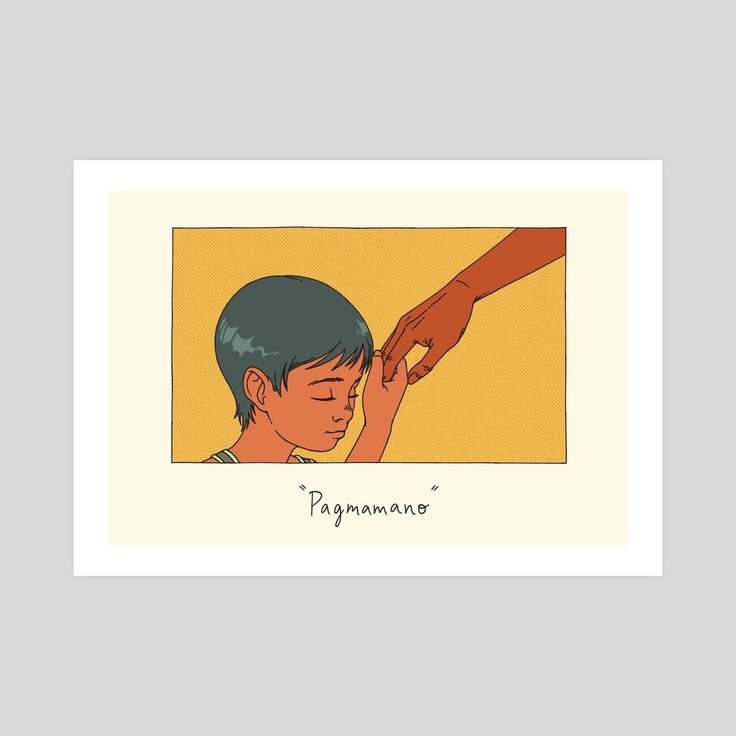
- Bartkiewicz, D. (2025, April 29). The historical treasure of “Mano Po”. CulturePop. https://culturepop.com/hrblog/qnzo8cpnwazum4y9yrs34yxqmhrcaq ↩︎

